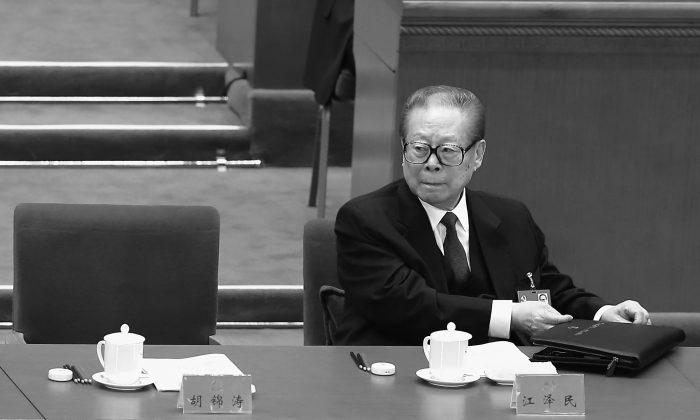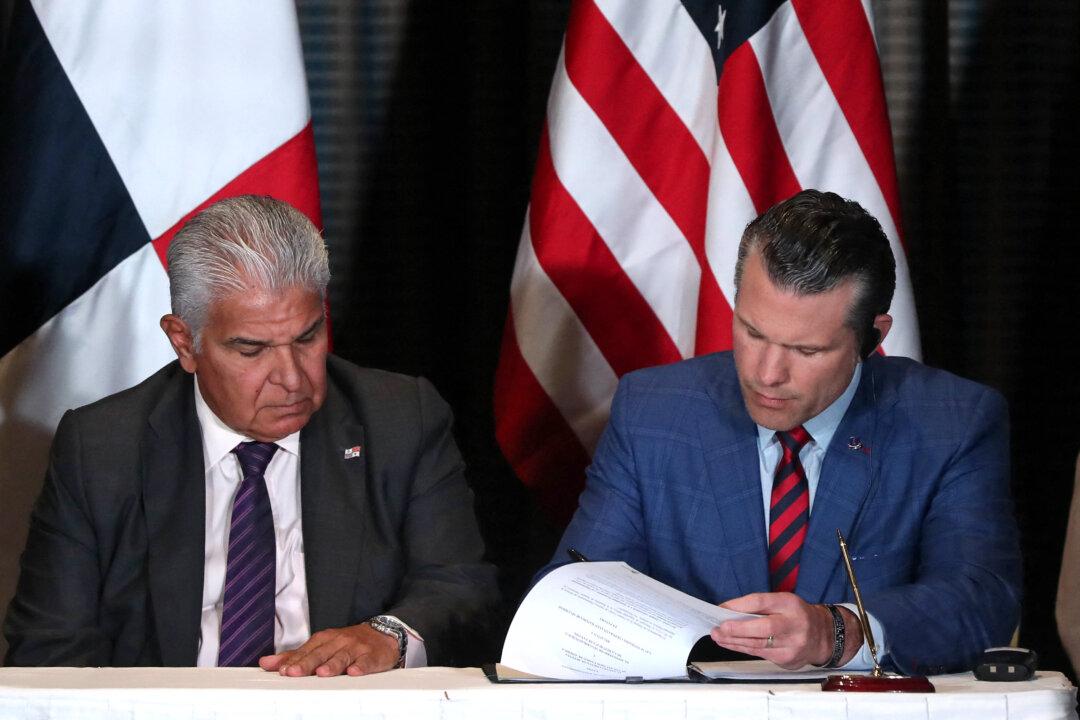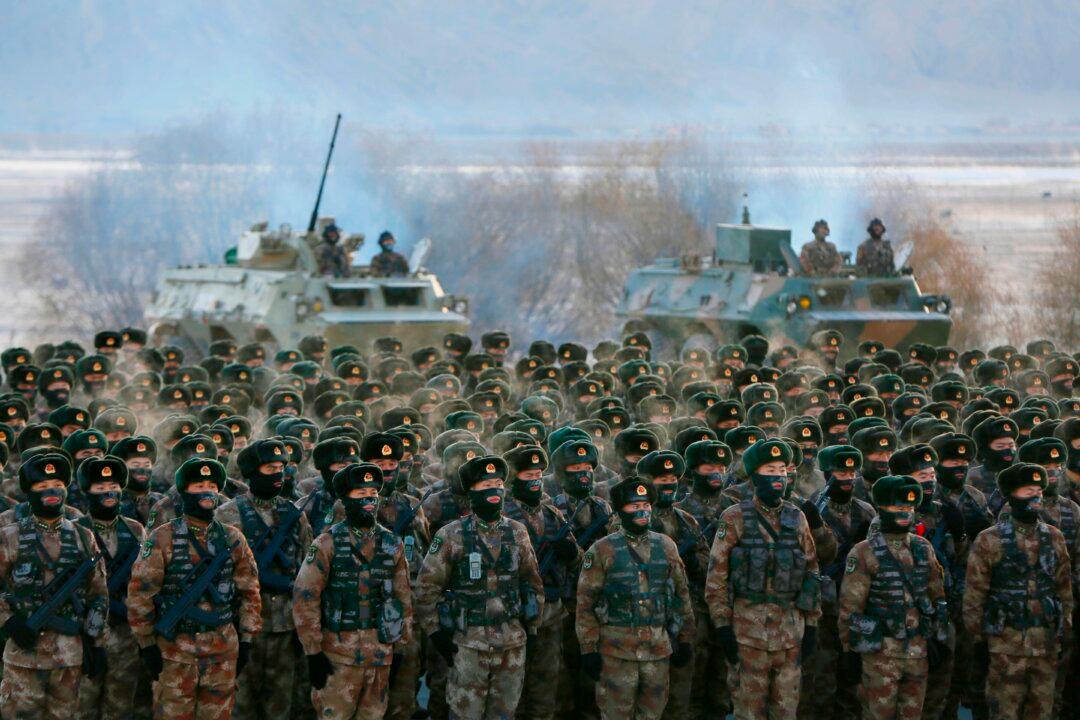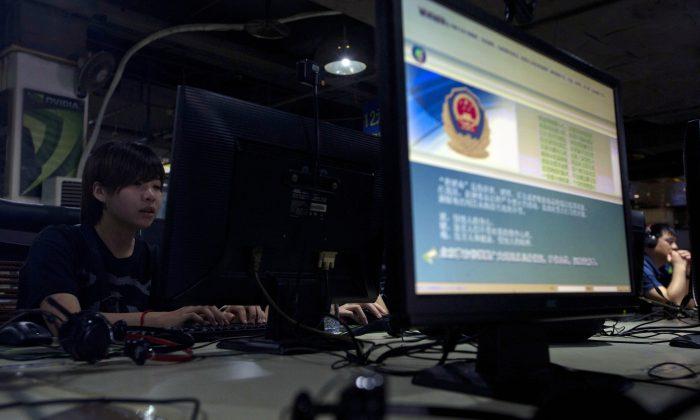Former Chinese Communist Party (CCP) chief Jiang Zemin is dead.
Some are misty-eyed, perhaps due to his supposedly friendly demeanor. Jiang performed for world leaders, including singing attempts for the Queen of England, George W. Bush, and Luciano Pavarotti.
The problem of China’s aggression isn’t a Xi, Hu, Jiang, Deng, or even a Mao Zedong problem, but an autocracy problem. It’s a systemic dictatorial threat that extends from the Marxism–Leninism of 1917 through Joseph Stalin to CCP conquest of territories in Jiangxi in the 1930s, Beijing and Xinjiang in 1949, Tibet in 1950, parts of India in the 1960s, and islands throughout the South China Sea from the 1970s to the present.
Jiang was part of this autocratic system. He captured Mischief Reef from the democratic Philippines, a U.S. mutual defense treaty ally, in 1995. The reef is the territory of the Philippines, yet the United States did next to nothing in its defense. Now, the People’s Liberation Army (PLA) has a naval base there.
While the West hopes for a Chinese Gorbachev, who can simultaneously improve the lives of 1.4 billion Chinese citizens and remove the CCP as a threat by democratizing the country, there’s no such leader on the horizon. Jiang was one of those hopes who we realized to be just another bloody opportunist.
He joined the CCP in 1946, and an American ice cream company gave him his first job. He returned the favor by helping expropriate the company after the revolution.
Rather than stand against the tide of intellectual destruction during the Cultural Revolution of 1966, he tried to appear the part, getting his hair cut short in a revolutionary buzz cut.
Jiang’s “moderate” support for revolution got him leadership positions first in Shanghai, where he not only repressed pro-democracy protesters in 1989 but targeted those in the CCP, such as Zhao Ziyang, who advocated for a nonmilitary response. Hardliners declared martial law and rewarded Jiang with positions of power in Beijing that led to his leadership of the Party. He, in turn, defended their massacre.
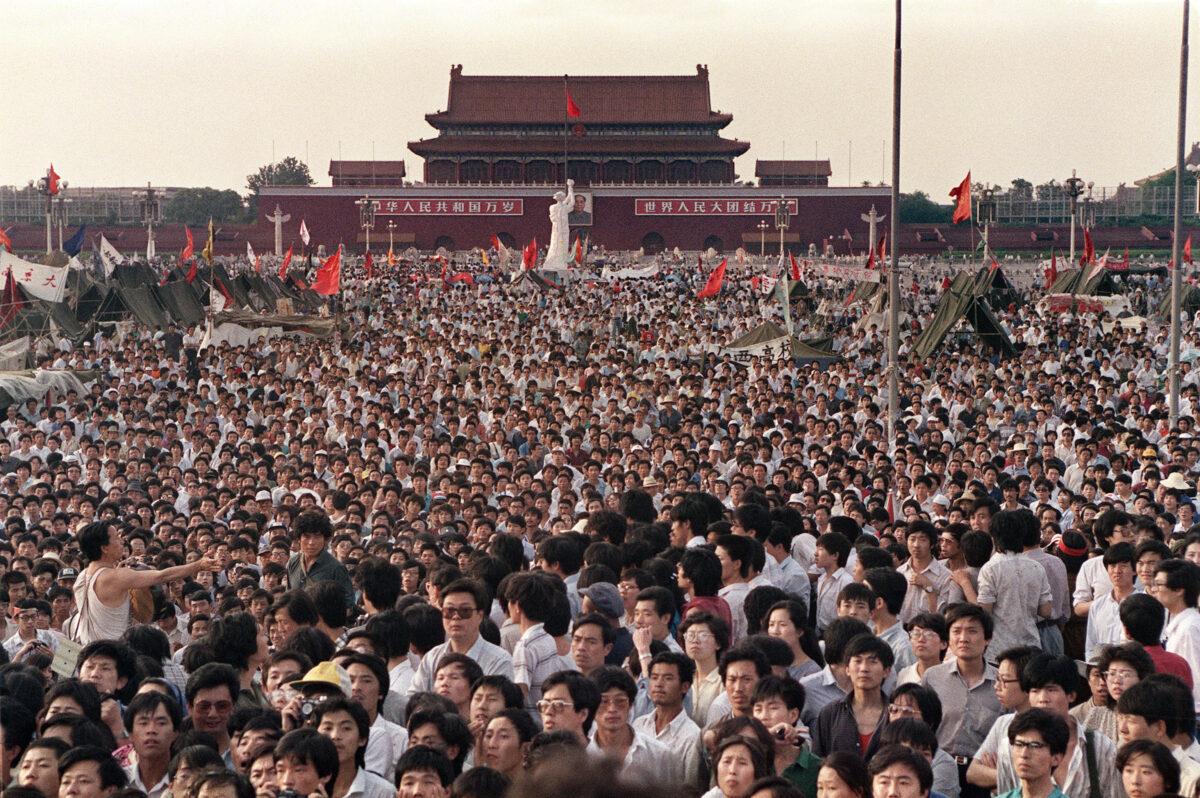
That year, the PLA sent a Chinese fighter pilot to his death by buzzing a U.S. spy plane too close. The U.S. plane crash-landed on China’s Hainan Island. The Chinese disassembled it, apparently for reverse engineering—a form of theft.
Jiang, like other communists, repressed religion. In 1996, when Tibetans identified a new spiritual leader, called the Panchen Lama, Jiang disappeared the child and replaced him with one whose parents were more malleable to CCP interests.
While the demands of the Falun Gong adherents were relatively modest, the response from Jiang was draconian. He banned the spiritual practice, which was followed by as many as tens of millions. Tens of thousands of practitioners were jailed, tortured, or killed, including through forced organ harvesting.
Since then, Jiang and the CCP have tried to eradicate Falun Gong, including by killing its adherents. This is the U.N. definition of genocide.
Any sentimentality surrounding Jiang’s death, therefore, is misplaced. He was neither the first nor last bloody dictator in history. Like so many before and after, he was banal in perpetuating his own evil.
